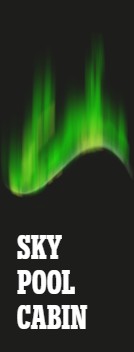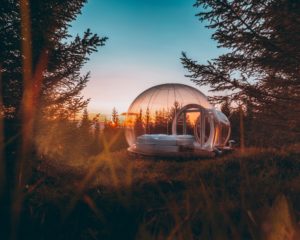Kerið Volcanic Crater Lake
By Michael Chapman
Discover this geological gem on the Golden Circle route.
Kerið Volcanic Crater Lake
By Michael Chapman
Discover this geological gem on the Golden Circle route.
Kerid volcanic crater lake lies in Iceland’s Western Volcanic Zone, specifically in a pretty and geologically active part of the country known as Grimsnes. In English, the site is often referred to as Kerith or Kerid.
Kerid has long been a favourite spot among visitors travelling the Golden Circle sightseeing route. Drawing the eye with its vibrant colour and almost perfect form, Kerid has better maintained its shape throughout the years than many other volcanic craters found throughout the area.
Is visiting Kerid volcanic crater worth it?
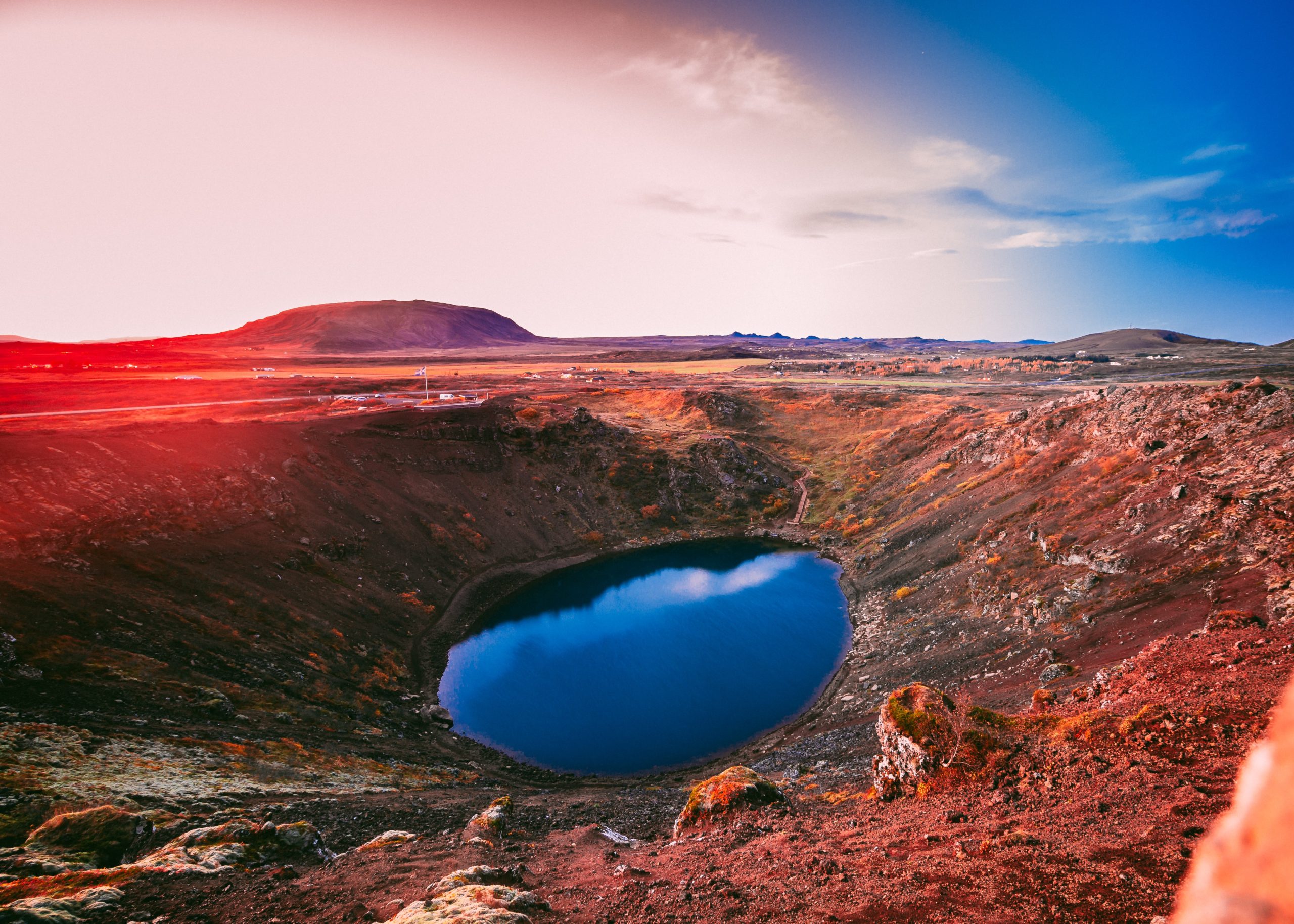
Classified as a side-attraction off the Golden Circle’s three major sites—Þingvellir national park, Geysir springs and Gullfoss waterfall—Kerid crater is more than worth visiting in its own right. This splendid site offers guests a raw insight into natural history while immersed in the majesty of the South Iceland countryside.
Visitors follow a narrow walkway that circumvents the crater, providing brilliant views over the feature as a whole. From this vantage, one can readily appreciate the caldera’s scarlet slopes; loose shag disturbed sporadically by creeping trails of green vegetation, as well as the glittering azure pool that sits at the basin.
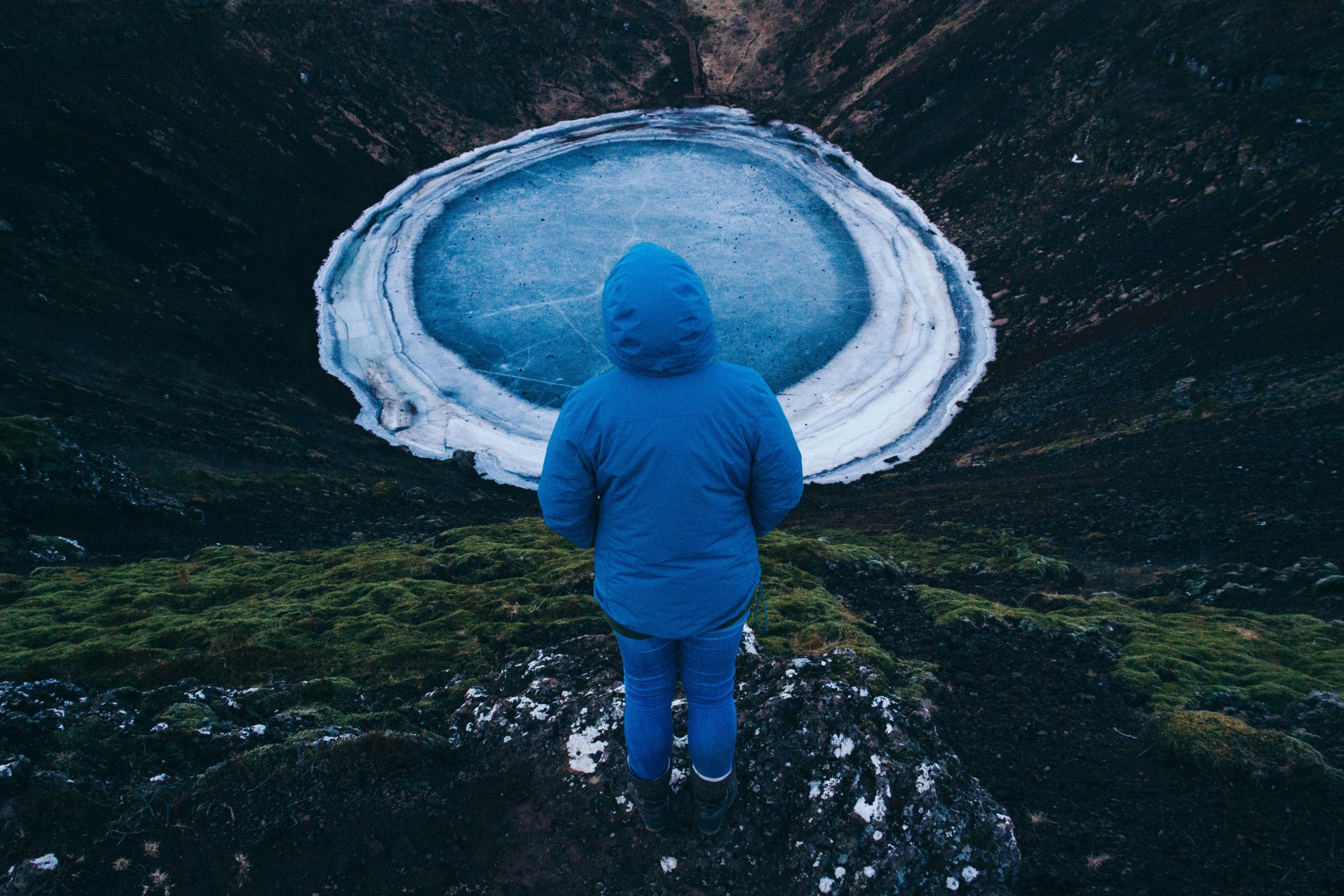
One thing that quickly draws attention upon arrival is the size of the caldera itself. The crater is 55 metres (180 ft) at its deepest point, with a total width of 170 metres (560 ft) on one side and 270 metres (890 ft) on the other.
Guests tend to spend 30 minutes to an hour walking around the crater lip, taking photographs and ogling the surrounding landscape.
Unsurprisingly, Kerid’s beauty has seeped into Icelandic popular culture as the subject of countless artworks and local projects. Previous years have also seen musicians perform at the crater whilst floating atop its lake. The most famous example showcased the Icelandic icon, Björk, who sang there in 1987 as spectators watched on from above.
Kerid volcanic crater’s allure is just as great for scientists and historians studying Iceland’s geological heritage, as well as any visitor hoping to experience this subarctic island’s most unique treasures.
PLAN YOUR JOURNEY
Travelling to Iceland?
Check our overnight tours with a driver guide that includes a one night stay in a bubble.
*Starting from ISK 59.900 per person
How did Kerid volcanic crater form?
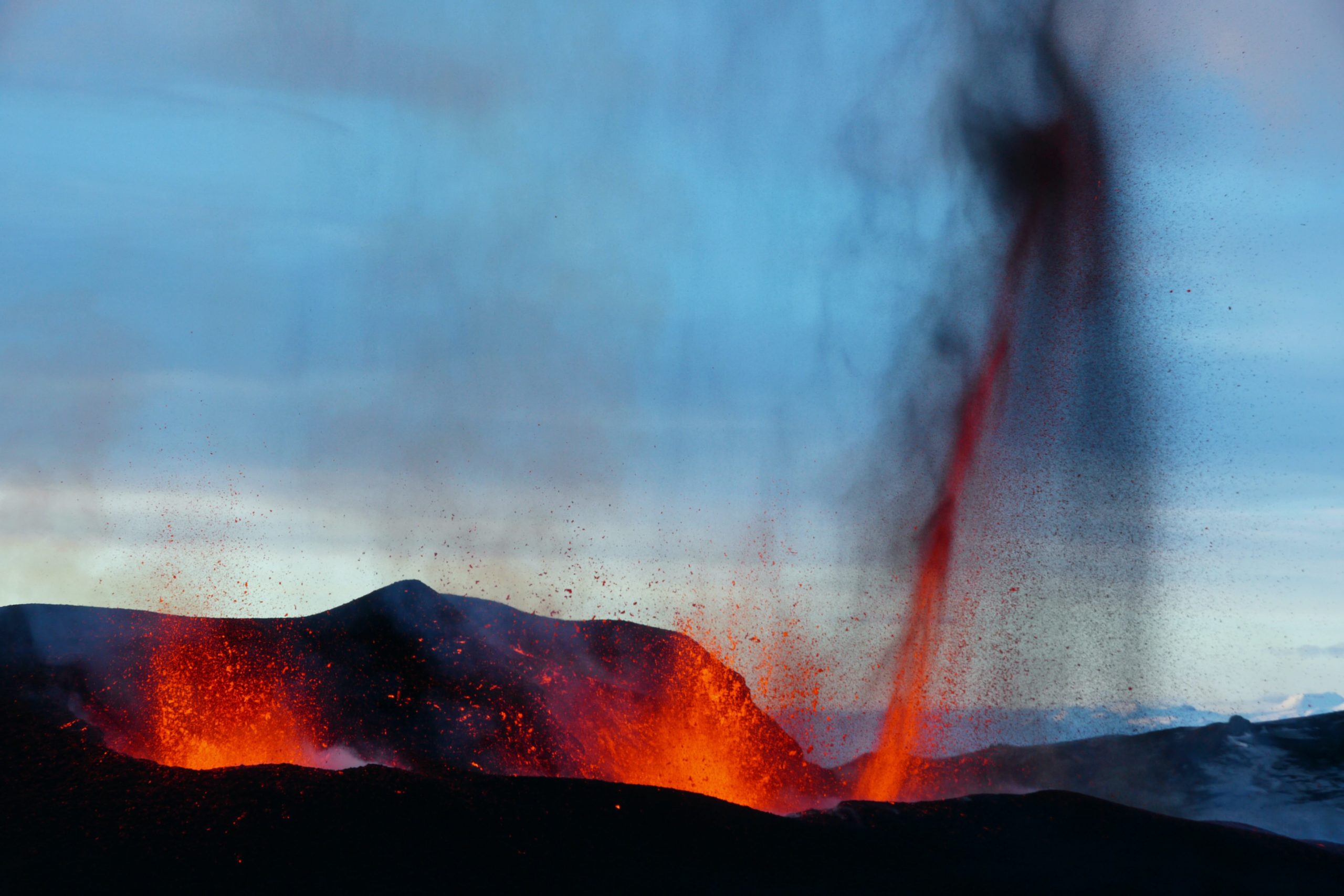
Scientists believe Kerid volcanic crater to be around 6,500 years old, considerably younger than most craters of its kind found in Iceland. Its vibrant red slopes are a clear sign of this geological youth, as the iron deposits found in the rock have not yet turned black.
Though the events that led to Kerid volcanic crater’s formation happened many thousands of years before the first settlers first arrived, logical guesses can still be made about its history.
Given its shape and clean diameter, it is widely accepted that the crater was formerly, at one point or another, a cone-shaped volcano that collapsed after depleting its magma reserve.
How deep is Kerid volcanic crater?
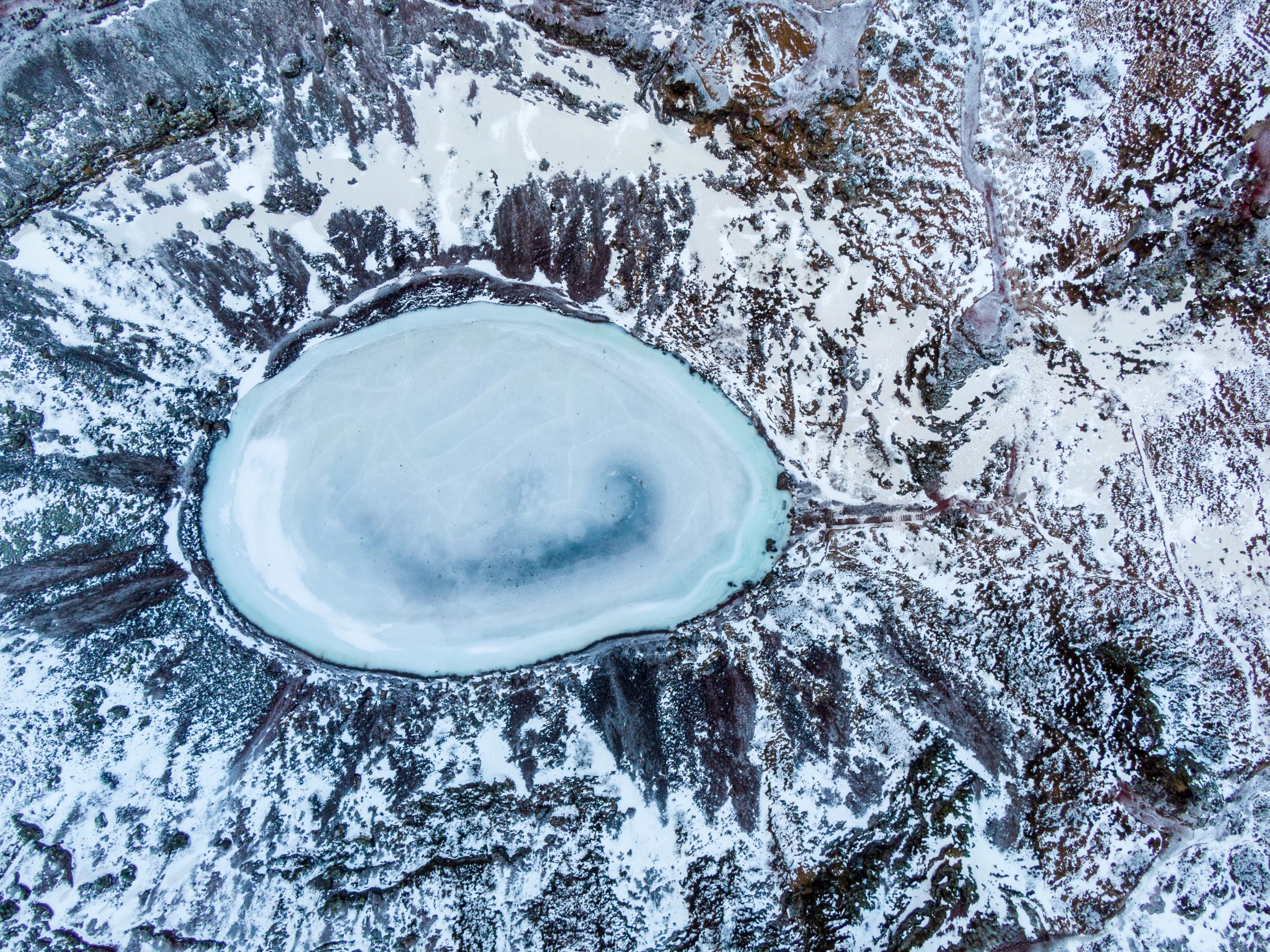
While the water at Kerid volcanic crater might appear like a vast and infinite mirror, the pool is relatively shallow, no more than 7-14 metres at any given time.
Interestingly enough, the lake is not caused by rainfall but levels out at what’s known as the water table, or the zone of saturation. The zone of saturation describes a depth in the ground where rocks are wet-through with water. At Kerid volcanic crater, it is the upper-layer of this zone that guests can see. With that said, how high the water is at any given time can depend on the weather.
Practical information about visiting Kerid volcanic crater
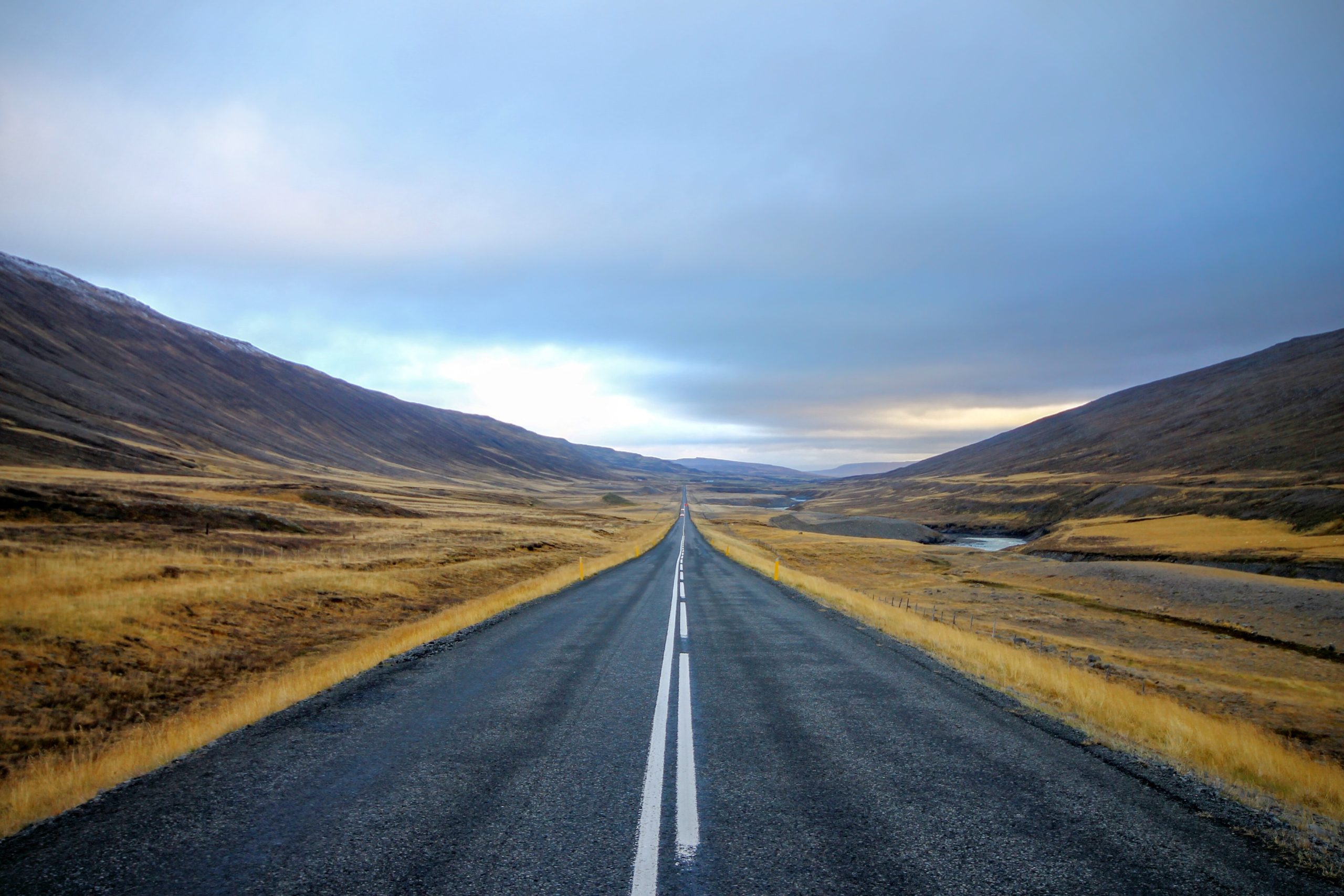
Driving the Golden Circle sightseeing route in Iceland is about the most fun and exciting trip an independent traveller can take. With time to breathe between stops and privacy in the vehicle, self-drivers have the great benefit of being responsible for setting their own pace, allowing for the sculpting of a more personal vacation experience.
Below, you can read the time and distance it will take to drive between Kerid, the capital city and the major attractions on the Golden Circle route:
Kerið to Reykjavik 56 min (68.8 km)
Kerið to Geysir 36 min (46.4 km)
Kerið to Gullfoss 46 min (56.0 km)
Kerið to Þingvellir 38 min (43.2 km)
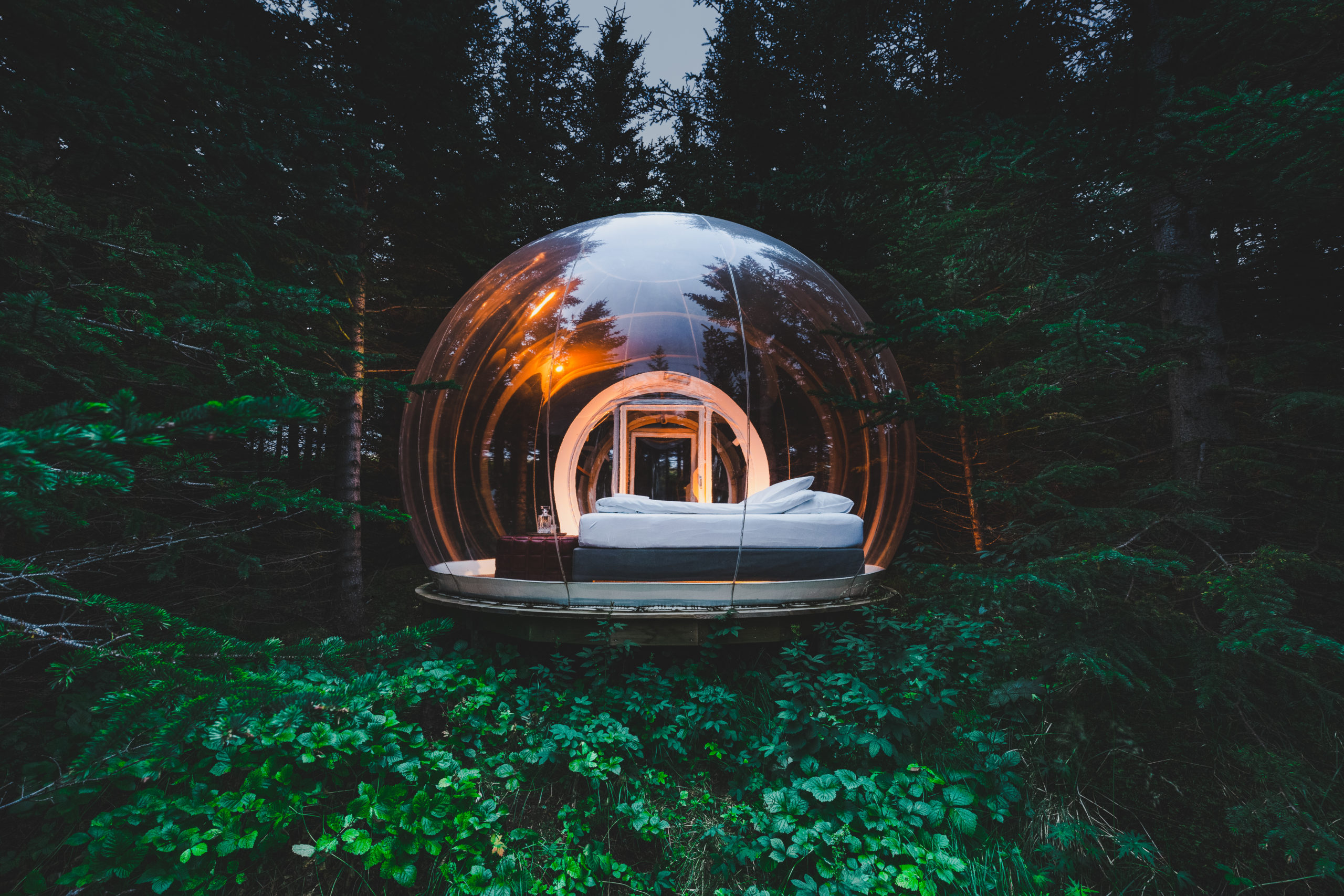
If you are looking to book a guided Golden Circle tour with a professional agency, make sure to double-check before departure that Kerið crater is a scheduled stop. As stated, the crater is not considered among the three top attractions, so will not be prioritised during the experience.
Guided tours come with many benefits: a personable and informative guide, hidden secrets, interesting tidbits and, importantly, leaving the driving to someone else.
If you are interested in experiencing the Golden Circle, plus other secret delights en route, be sure to check out our Golden Circle Bubble tour.
Not only will you and your partner embark on the sightseeing adventure of a lifetime, but we will also provide you with a transparent bubble in which to spend overnight and look out for the Northern Lights.
Visitors should note that there is a parking fee of 400 ISK on-site. While this is unusual and somewhat unwelcome considering most natural attractions are free to visit in Iceland, the money you spend will help the landowners make sure Kerid volcanic crater is looked after for many years to come.
Are there other volcanic craters in Iceland?
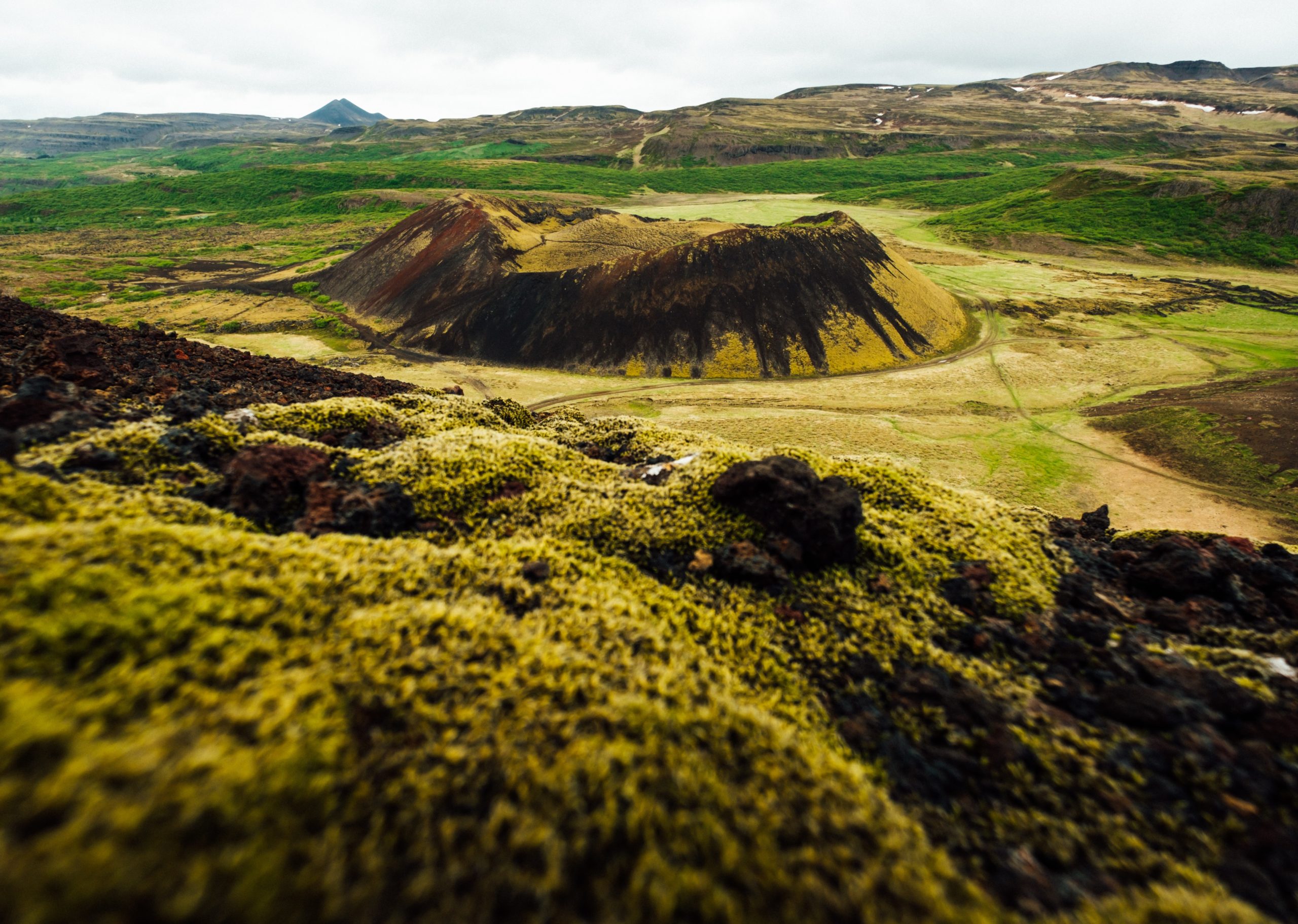
Seyðishólar and Kerhóll are volcanic crater clusters also found in the Grímsnes area. Both are between 5,000 – 6,000 years old, roughly the same age as the Grímsnes lava fields surrounding them, and are the tallest craters in the area. It is fantastic fun to hike up these colourful calderas on clear days, taking in the incredible views around you.
Another popular crater is Saxhóll, located on the western tip of the Snaefellsnes Peninsula. Sitting at the base of the domineering stratovolcano, Snæfellsjökull, Saxhóll comes complete with an award-winning spiral staircase that leads guests to the crater’s highest point. From up here, you’ll have staggering views over the peninsula, which is nicknamed ‘Iceland in Miniature’ thanks to the wealth and diversity of its attractions.
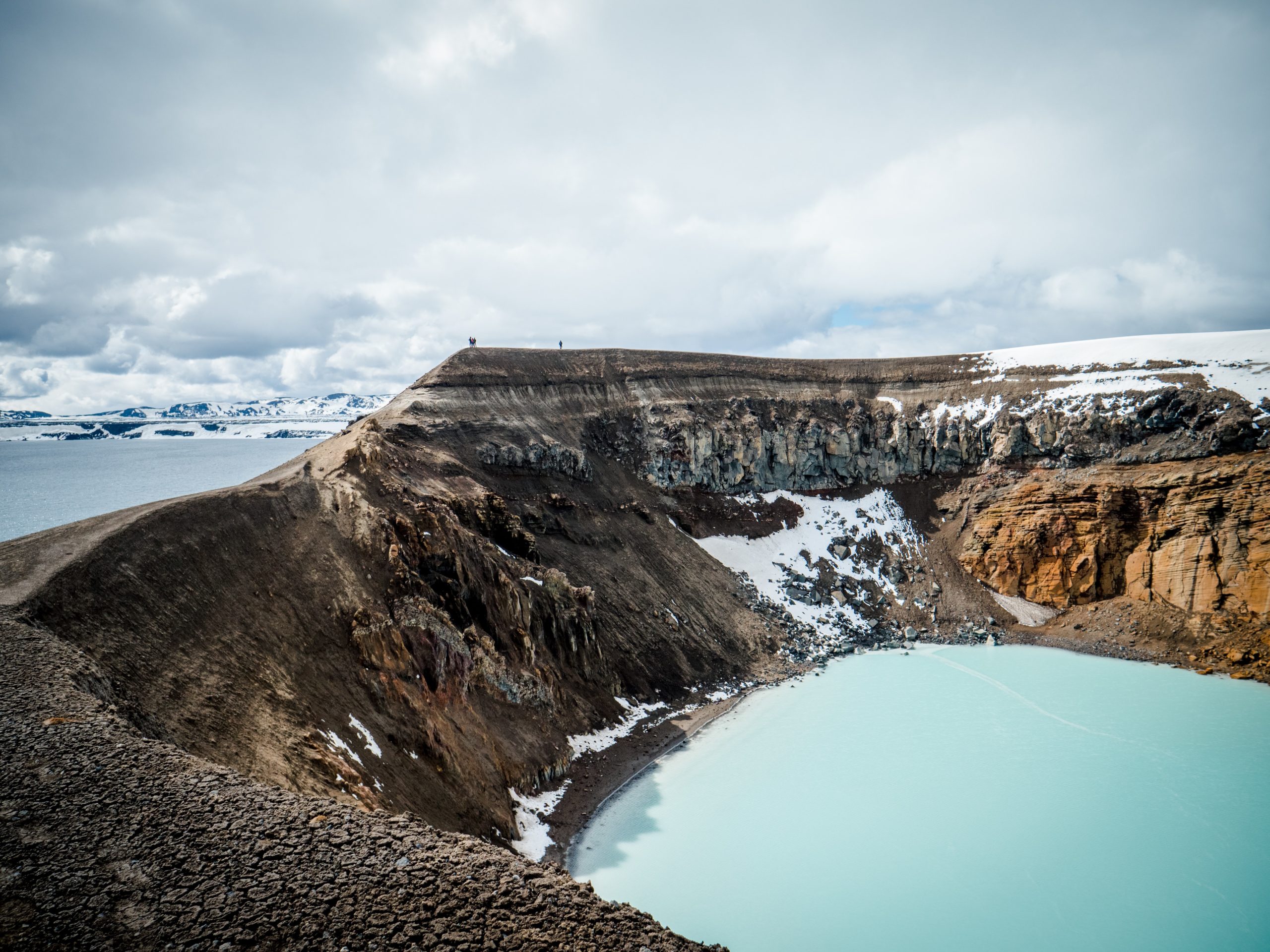
Those looking for more dramatic, more remote craters, then Askja in the Icelandic Highlands is for you. At the bottom of this crater is an aquamarine pool known as Viti; reminiscent of Kerid, but far more extensive in scope.
Alternatively, Eldfell crater in the Westman islands makes for a fascinating and thrilling discovery, especially when you consider the violent eruptions that took place there as late as 1973.
There are, of course, many more lava fields, craters, geothermal beds and volcanoes to be found across Iceland—too many to mention here, by some stretch.
But, if you are interested in learning more about the epic sightseeing opportunities available to you, we recommend our Secrets of the Golden Circle articles, including Faxi and Bruarfoss waterfalls.
PLAN YOUR JOURNEY
Travelling to Iceland?
Check our overnight tours with a driver guide that includes a one night stay in a bubble.
*Starting from ISK 59.900 per person
